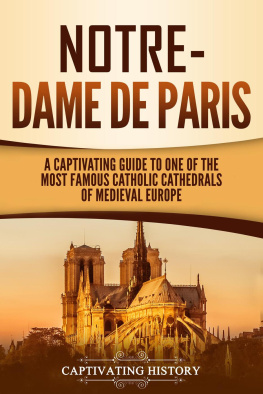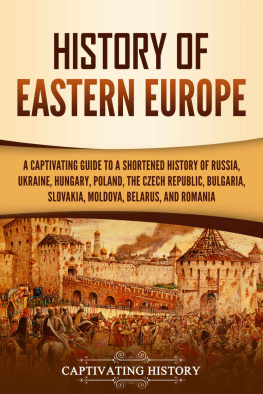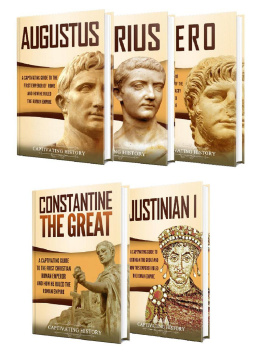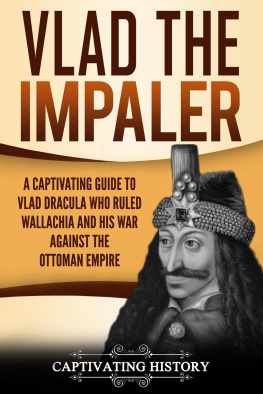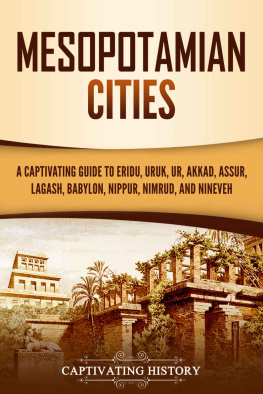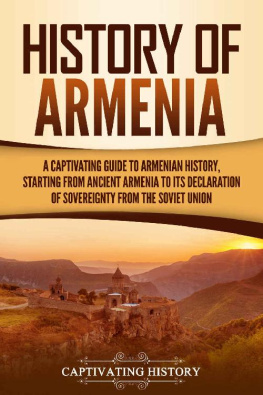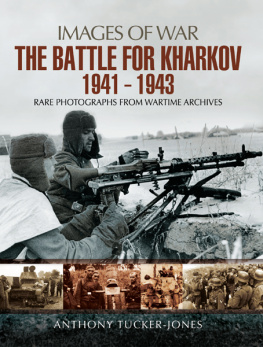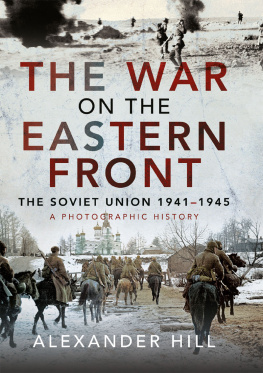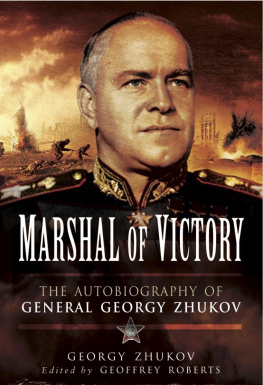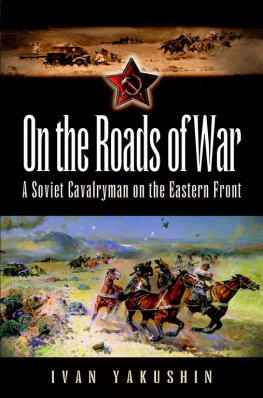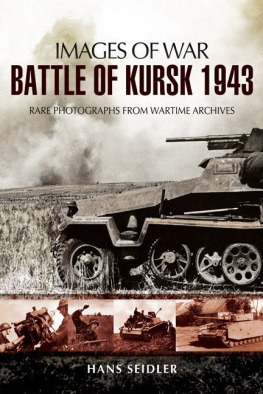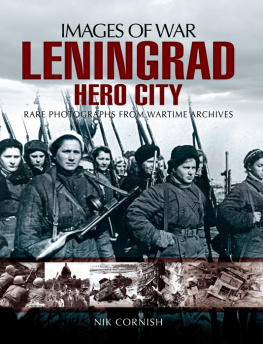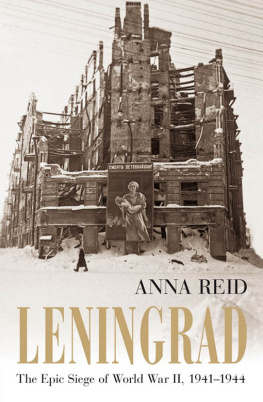My name is Matt Clayton, and Im the creator of Captivating History. First off, I want to THANK YOU for reading our books in the Captivating History series. As an avid reader of History myself, I aim to produce books that will hold you captive.
Now you have a chance to join our exclusive history list so you can get the ebook below for free as well as discounts and a potential to get more history books for free! Simply click the link below to join.
P.S. If you join now, you will also receive a free Mythology book. Remember that its 100% free to join the list.
Introduction
One can bear anything, the plague, hunger and death, but one cannot bear the Germans. One cannot bear these fish-eyed oafs contemptuously snorting at everything Russian. We cannot live as long as these grey-green slugs are alive. Today there are no books, today there are no stars in the sky, today there is only one thought: Kill the Germans. Kill them all, and dig them into the earth. Then we can go to sleep. Then we can think again of life, and books, and girls, and happiness. We shall kill them all. But we must do it quickly or they will desecrate the whole of Russia and torture to death millions more people.
Excerpt from an article in the Soviet paper Red Star ( Krasnaya Zvezda ) by writer Ilya Ehrenburg
No nation suffered more losses during the Second World War than the Soviet Union. The figure most historians recognize as roughly accurate is twenty million. The exact figure is impossible to tally for a number of reasons: destroyed records, inexact pre-war records, Soviet politicization of the population figures before and after the war, and much more. No matter what the exact total was, what is known is that the Soviet population only recovered its losses from the war in the late 1950s.
For those of you unfamiliar with WWII, the combined losses sustained by the United States and Great Britain were just over 800,000 dead. The Soviets lost that many people during the Siege of Leningrad alone.
This is an introduction to life in the Soviet Union right before and during the war. This e-book is meant as a brief overview and introduction to World War II on the Eastern Front. At the end of the book, you will find a short list of some of the thousands of books and articles available on the subject, which will help give you a much deeper understanding of this tragic but fascinating subject.
Chapter 1 Before the War
In 1917, the Bolshevik (majority) wing of the Russian Social Democratic Labor Party staged a revolution that established communism as the system of government in the capital city of Petrograd (it was later known as Leningrad from 1924 to 1991 and is known as St. Petersburg today). The revolution quickly spread to Moscow, and in a short period of time, the Bolsheviks (known as the Reds for their banners, which were red for the color of the workers blood) and the Whites (for the color of royalty, as they supported the old aristocratic regime led by the tsar and his family, the Romanovs) were at each others throats.
Between 1918 and 1922, the Red and White Armies fought a bloody civil war, which cost millions of lives. During the conflict, the Bolsheviks executed the tsar and his family and eventually emerged victorious. The world had its first communist government.
Leading this new government was Vladimir Lenin, the organizer of the revolution and the political theorist behind the Communist Party of the Soviet Union (CPSU), which was what the Bolsheviks had evolved into. Lenins ideas were based on the readings and beliefs of the German political philosopher Karl Marx (18181883) and Friedrich Engels (18201895), the founders of communist theory.
To briefly sum up, communists in the 19 th century (when Marx and Engels were writing) believed society would evolve from its present capitalist form to communism. According to Marxist theory, communism would occur naturally, as it was a political evolution of human society. When it did, economic classes would disappear, as would private property and ownership of the means of production (factories, mines, etc.) When pure communism was attained, all people would be equal in a workers state. Marx and Engels believed the movement toward communism would first take place in Western Europe, which had industrialized first and seen the greatest societal disruption. Neither Marx nor Engels spoke much about agricultural peasants, which made up most of the population of the Soviet Union and many of the nations of Eastern Europe.
For many in Russia and elsewhere, the Industrial Revolution only made ancient inequalities worse. And it wasnt only the old nobility who oppressed those at the bottom. It was also the growing middle class, which consisted of industrial owners, as they were eager to set themselves up in the trappings of the aristocracy (mansions, furs, jewels, etc.) by exploiting the labor of the working classes.
So, for Lenin and his comrades, communism wasnt something they could wait for. To them, the working classes (including the peasant class in the vast Russian countryside) had suffered enough, and rather than wait on history to guide them into communism, they would take history by the hand and lead it into a system of government in which there were no upper or lower classesjust workers in a workers state.
Lenin and his compatriots, which included such men as Leon Trotsky (who organized the Red Army) and Josef Stalin, then set about radically changing society in what they called the Union of Soviet Socialist Republics (the USSR).
Within a short period of time, they confiscated virtually all private property, especially the larger businesses and factories in the cities. Much of the larger landholdings in the countryside were seized as well. Many of those in the upper classes who had not fled during the Russian Civil War did so now. Many thousands who did not were imprisoned or executed for being enemies of the people. Those who were lucky simply had their property seized and lived under suspicion as class enemies for most of their lives.



